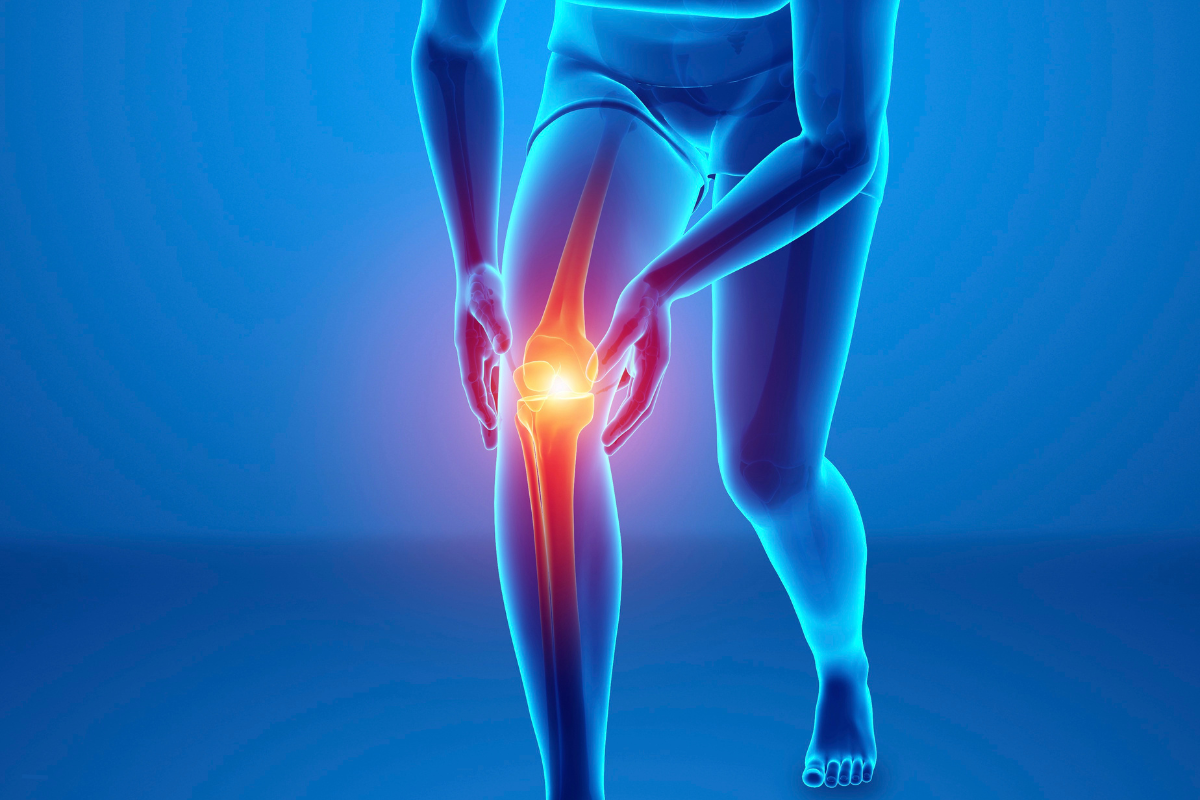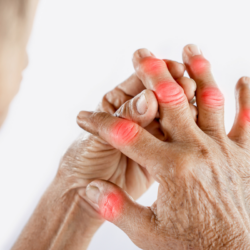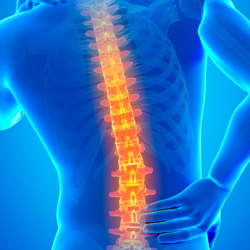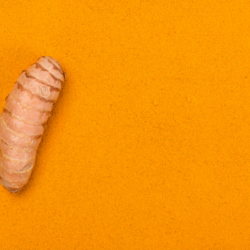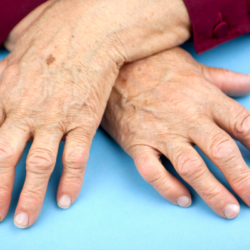Joint pain(polyarthralgia) is a symptom with a variety of causes. They generally require medical assessment, particularly if they are severe or recurrent. Let’s take a look at the various causes of joint pain.
Degenerative causes (wear and tear on the joints)
Osteoarthritis is one of the most common causes. This condition results from the breakdown of cartilage, often linked to ageing. It mainly affects the elderly, overweight people, athletes who have put intense strain on their joints, and post-menopausal women.
Congenital abnormalities of the joint environment, such as dysplasia or subluxation, can cause secondary osteoarthritis, as in coxarthrosis.
Inflammatory causes of joint pain
Here we are talking about autoimmune diseases or chronic inflammation.
Arthritis, characterised by infection or inflammation of a joint, can also occur in acute or chronic form. In the case of rheumatoid arthritis, the inflammation caused by the autoimmune reaction leads to an overproduction of synovial fluid. This fluid accumulates, the synovial membrane thickens and the joint swells. The surrounding components (capsule, tendons, etc.) harden and become painful. Cartilage erosions develop on the bones and the joint becomes increasingly stiff.
Gout, on the other hand, is characterised by the deposition of crystals. For example, deposits of sodium urate crystals (uric acid), the origin of which is to be found in the breakdown of food, particularly food of animal origin. Uric acid is usually eliminated by the kidneys. But when there is too much of it in the blood, it is deposited in a joint and causes joint inflammation. It’s a guaranteed crisis!
Inflammation can also affect different parts of the joint, such as the tendons (tendinitis), the bursa (bursitis), or the whole joint. In these cases, the location and intensity of the pain will vary, and only your doctor will be able to make a diagnosis.
Traumatic causes of painful joints
Injuries and accidents are part and parcel of our lives, whether as children, adults or senior citizens. Falls, accidents, blows or excessive stretching can frequently damage the joints. Sprains (painful tearing or stretching of a ligament), fractures (breaking of a bone) or dislocations (the bones of the joint are separated) can leave their mark, even when treated.
The after-effects are painful (tissue or bone conflicts, osteochondral lesions, onset of osteoarthritis, etc.) or instability (ligament rupture). They can limit or even disable mobility. In most cases, however, they can be treated minimally invasively using arthroscopy or other minimally invasive techniques.
Mechanical causes of joint pain (lifestyle-related)
Overwork, repetitive movements and carrying heavy loads all lead to minor but cumulative repetitive trauma. The joints are then overstretched. Chronic overweight, sometimes linked to a healthier lifestyle, has an impact on the joints. Indeed, when a person suffering from osteoarthritis loses 500g, the weight borne by their joints decreases by 2 kg.
All these factors can lead to progressive cracking of the cartilage tissue, from the surface to the deeper layers. Mechanical phenomena, particularly in the hip and knee joints, are the main cause of this cracking. But biochemical changes in the cartilage also aggravate them.
Infectious causes (viruses and bacteria) of polyarthralgia
Certain diseases such as influenza, Lyme disease or Chikungunya can affect the joints, causing acute or chronic pain.
In the case of influenza, inflammation phenomena linked to substances released during the infection are noted.
Lyme disease, on the other hand, causes pain as a result of joint inflammation (arthritis) linked to the spread of the Borrelia bacterium. Chikungunya, on the other hand, often causes severe joint pain that can affect any joint. However, they mainly affect the extremities (wrists, ankles, phalanges).
Metabolic causes of osteoarthritis
Obesity and overweight are often considered risk factors for the development of osteoarthritis, particularly in the hips and knees. However, the cause-and-effect relationship between obesity and osteoarthritis remains complex and sometimes contradictory.
It has been observed that osteoarthritis of the knees can predispose to osteoarthritis of the hands, although the joints of the hands are not put under greater strain in obese people. What’s more, the ankle joint is rarely affected by osteoarthritis in obese individuals, despite being subject to high levels of stress. This suggests that factors other than the simple mechanics of weight may play a role, such as adipokines, molecules secreted by adipose tissue.
This complexity has led to the emergence of the concept of metabolic osteoarthritis, which encompasses not only the link with obesity but also the association of osteoarthritis with other components of the metabolic syndrome. These include arterial hypertension, diabetes or insulin resistance, and dyslipidaemia. The metabolic approach to osteoarthritis therefore highlights the importance of interactions between different physiological and pathological systems in the development of this disease
Hormonal causes of arthralgia
Hormonal variations, especially in women over the age of 50, appear to play a significant role in the incidence of osteoarthritis. These variations suggest a link with changes in female hormone levels during the menopause. A study of 606 women out of 1,003 participants aged between 45 and 64 undergoing hormone replacement therapy showed that after twelve months, many of them experienced an improvement in their knee osteoarthritis, compared with those who did not undergo this treatment. This indicates a potential protective effect of hormone therapy, although less marked for the joints of the hand and not persistent after treatment is stopped.
The mechanism of this protection remains poorly understood. A 2009 review reveals that the evidence of a significant protective effect is limited or needs to be consolidated, especially for coxarthrosis. The diversity of hormones used in these treatments complicates statistical analysis of their effects. Nevertheless, it has been observed that long-term hormone replacement therapy can increase the thickness of knee cartilage. These observations offer prospects for a better understanding of the role of hormones in the development and treatment of osteoarthritis.
This classification enables us to better understand the origin of joint pain and to adapt the way in which it is treated. Once a diagnosis has been made by your doctor, don’t hesitate to contact your pharmacist. Natural support solutions are also available.
Source:
-
- https://www.chirurgiemainpied.com/sequelles-douloureuses-dentorse/#:~:text=Ces painful after-effects (tissue conflicts, ‘inside the joint
- https://www.vidal.fr/maladies/appareil-locomoteur/douleurs-articulaires.html

